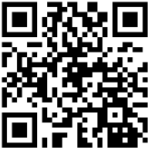Dill
Dill seeds key features
Discover the aromatic and versatile world of dill seeds: Uses, benefits, and cooking tips
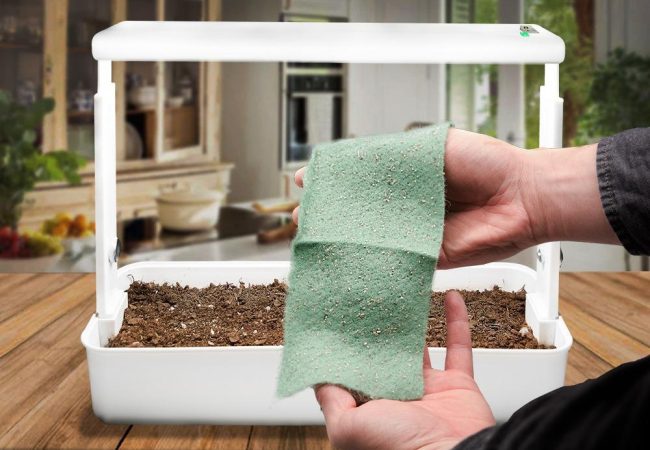
Dill packaging solutions:
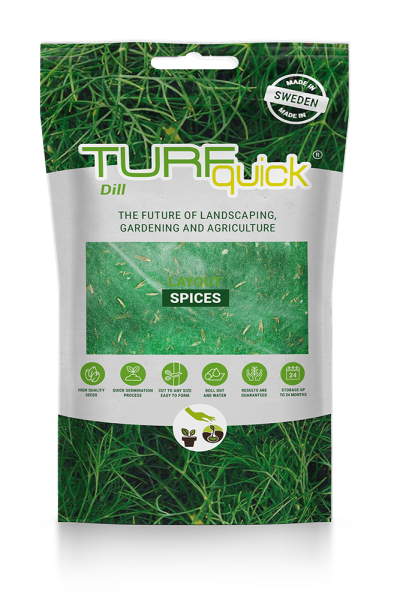
Technical specifications
Product name:
Dill
EAN CODE
7350 00309 0939
Scientific Name
Anethum graveolens L
Plant position:
Full sun
Material and contents specification
Cabbage seeds:
120 Seeds (100% Pure Live Seeds) Non-Gmo
Patch dimension:
10cm x 20cm
Price group:
A
Cellulose fiber:
approx. 10 grams
MOQ
360 pcs︱1 EUR-pallet. (120 cm x 80 cm x 215 cm).
Attribute:
Vegetable seed mixes
Net weight:
0.1 kg
Download the data sheet in PDF format
About dill
When to plant dill seeds fabric?
Where to plant dill seeds fabric?
Dill thrives in full sunlight. Choose a planting location that receives at least 4-6 hours of direct sunlight each day. If possible, provide a spot with morning sun exposure for optimal growth. Good for containers, companion planting, indoor plating and more.
Remember to consider the specific needs of your growing environment, and adjust planting practices accordingly. Whether in garden beds, containers, or even as part of a herb garden, dill can flourish with the right care and attention.
How to plant dill seeds fabric?
- Prepare the soil: Plant dill in well-draining soil with a pH between 5.5 and 6.5. If you’re planting in a garden bed, loosen the soil to a depth of 6-8 inches. Add compost if needed to improve soil fertility and structure. Dill is not overly picky about soil but prefers it to be well-draining.
- Sow the seeds: Place the dill seeds fabric over the prepared soil. Start at one end and unroll it across the area you want to cover.
- Watering: Water the soil thoroughly after planting to ensure good seed-to-soil contact. Keep the soil consistently moist until the seeds germinate. Once the dill plants are established, they are relatively drought-tolerant, but regular watering is still important.
- Germination: Dill seeds typically germinate in 7-14 days. Be patient during this period and keep the soil consistently moist. Once the seedlings emerge, thin them if needed, leaving the strongest plants with adequate spacing..
- Care and maintenance: Provide regular watering, keeping the soil evenly moist. Mulching around the plants can help retain moisture and suppress weeds. Fertilise the cabbage plants with a balanced fertiliser according to the package instructions. Monitor for pests and diseases, and take appropriate measures if necessary.
- Harvesting: Harvest cabbage heads when they reach the desired size and firmness. Cut the heads off at the base, leaving a few outer leaves intact to protect the inner leaves.
How to harvest dill ?
- Wait for Adequate Growth: Allow the dill plant to reach a height of at least 6 to 8 inches before harvesting. This ensures that the plant is mature enough to withstand harvesting and encourages continuous growth.
- Choose the Right Time: The best time to harvest dill is in the morning when the essential oils that contribute to its flavour are most concentrated. However, you can harvest dill at any time once it has reached the desired height.
- Use Clean Tools: Before harvesting, ensure your scissors or pruning shears are clean and sharp. This helps prevent the introduction of diseases to the plant.
- Cut Above the Soil: When harvesting dill, use scissors or shears to cut the leaves or fronds. Cut them about 1-2 inches above the soil level. This method allows you to harvest the flavourful leaves while leaving the plant’s growing point intact.
- Leave Some Growth: Always leave at least a few inches of growth on the plant after harvesting. This allows the dill to regrow and continue producing leaves for future harvests.
- Harvesting Flower Heads (Optional): If your dill plant has produced flower heads, you can harvest them as well. The flowers have a milder flavour than the leaves and are often used in culinary applications. Harvest the flower heads just before they fully open for the best flavour.
- Frequent Harvesting: Dill benefits from regular harvesting. The more you harvest, the more the plant tends to produce new growth. This process encourages a bushier and more productive plant.
- Use Harvested Dill Fresh: Dill is best used fresh, so incorporate it into your recipes immediately after harvesting for the most vibrant flavour. It’s a versatile herb that adds a fresh, aromatic touch to salads, sauces, dressings, and many other dishes.
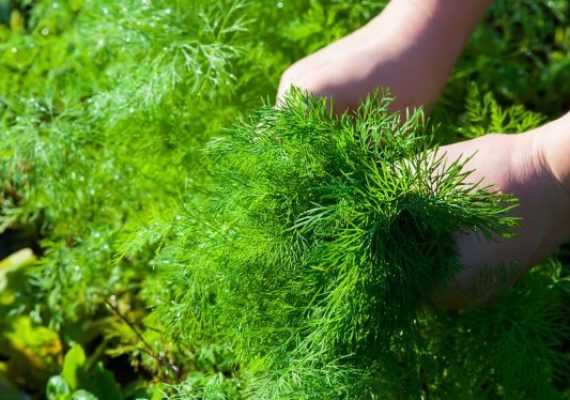
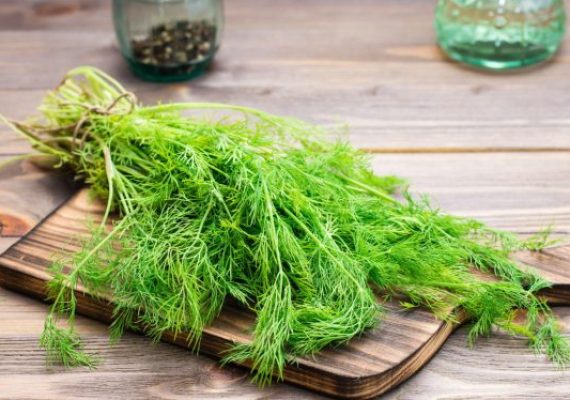

How to grow veggies all year round?
Growing veggies all year round requires careful planning and consideration of various factors but can grow vegetables indoors including lettuces, arugula, spinach, kale, carrots, radishes, beet greens, tomatoes and more. Here are some tips to help you achieve year-round vegetable gardening.
